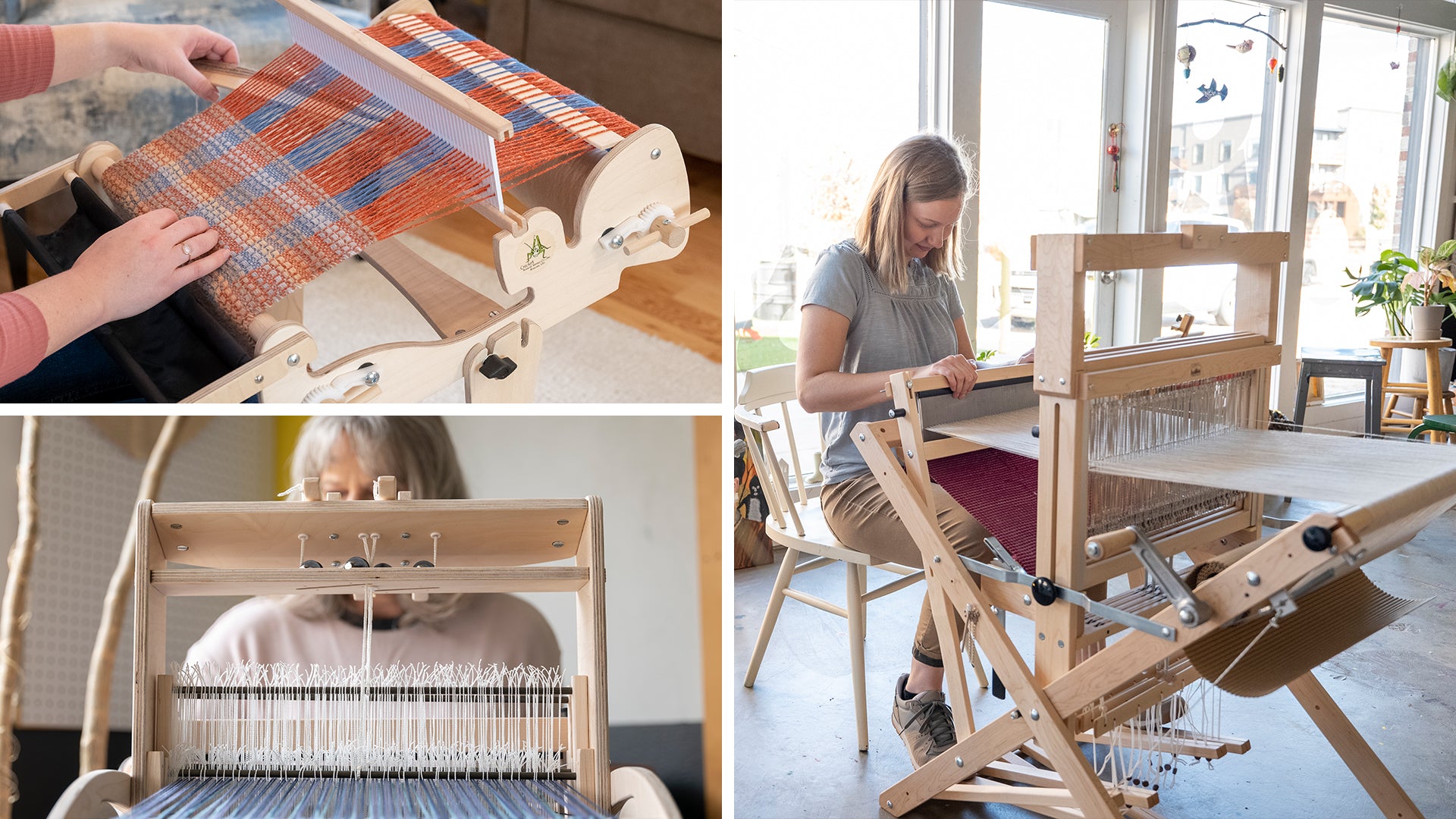Jane Patrick’s Top 10 Weaving Tips
By Jane Patrick
Learn from an expert! Jane has been weaving for decades, on every loom that Schacht makes.
What You'll Need
Directions
Sample. This is my number one tip for achieving the idea you have in your mind. If you are changing the yarns used in a pattern, or are not using a published pattern, sampling will not only save you time, but disappointment, too.
Dedicate a space to weaving. Having to set up and take down every time you want to weave will discourage you from going to the loom.
When you’re working to a deadline (such as a gift for a birthday), double the time you think it will take and start before you think you need to. Something could go wrong or life might get in the way of weaving.
Always double check your calculations for warp length, width, and yarn amounts. Over the years, I have made more mistakes by not doing this than I care to admit.
Keep records. You think you will remember, but you won’t. Create a form to use and store your project notes in your computer, or create a folder of project notes. I like to make notes about all of my samples and then the final project so that I can refer to it later. I tape a sample of the yarn on the yarn label and store this with the project information. All the notes and samples go into a plastic sleeve.
For rigid heddle weaving, master the direct warping method (with a warping peg) for solid warps or warps with stripes in even numbers. Use the indirect method if you are alternating colors or threading warps with many single ends of a color. I also like to use the indirect method when warping for 2-heddle weaving.
- Whenever you warp with the indirect method, protect your cross. If you’re called away during threading the reed or heddle, tie the cross to avoid losing it through some mishap.
Any time you’re doing something with thread, put it under tension of some kind—it will be easier to control.
Hemstitch your weaving at the beginning and the end every time you weave a project. When you take the fabric off the loom, the weft is secured and ready to be finished. Get our handy booklet—plus a tapestry needle—at the link above.
For tidy selvedges, always insert the shuttle and pass it through the shed at an angle. Be sure the weft snugs up to the selvedge without pulling it in or leaving a loop at the edge. Beat straight back. Now evaluate and adjust your angle until the selvedge looks smooth and consistent.


